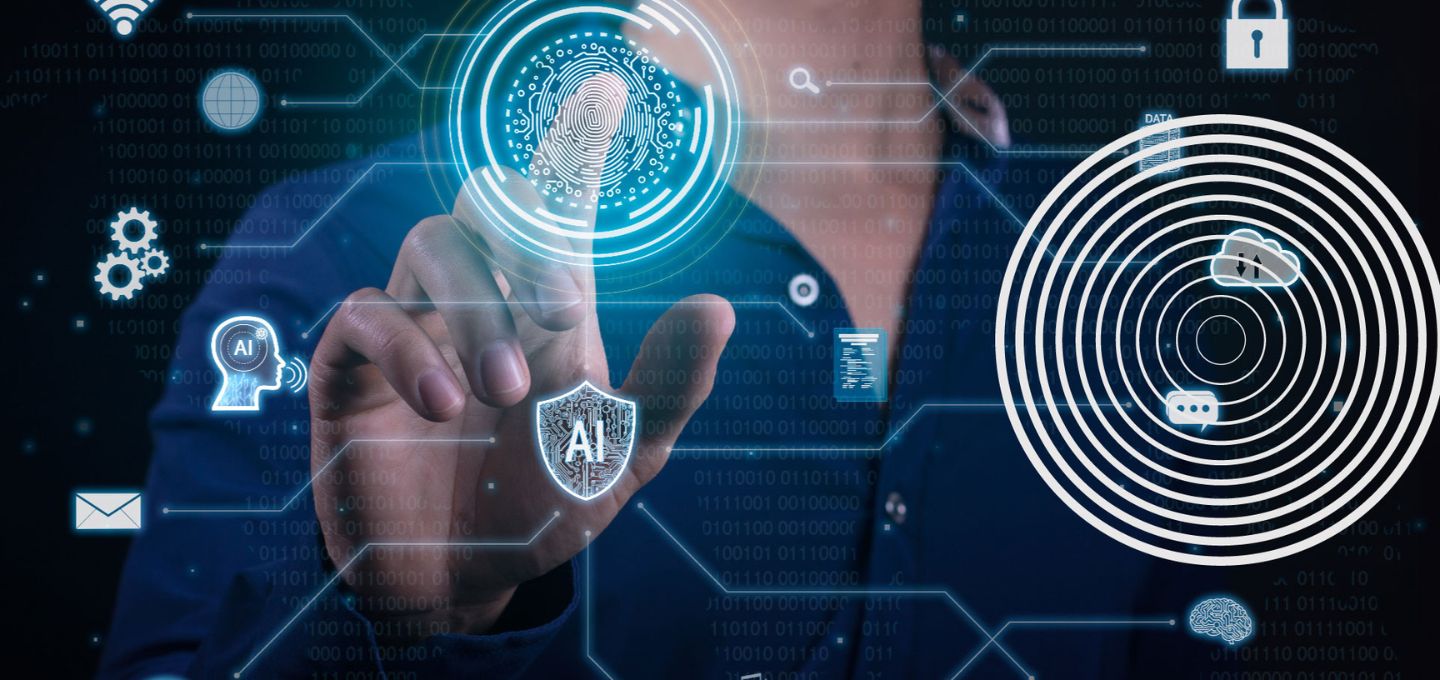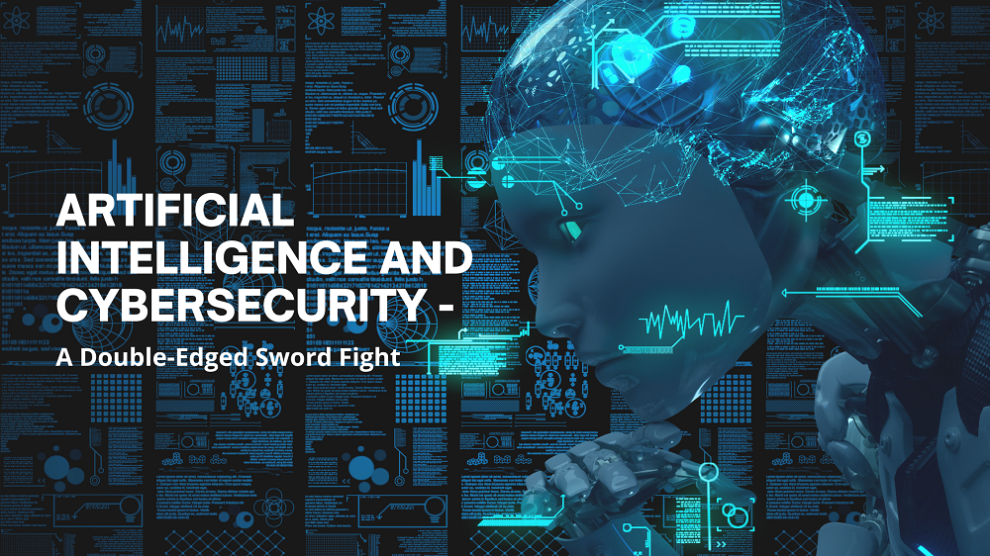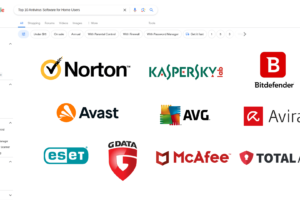Artificial intelligence (AI) has revolutionized countless industries, and cybersecurity is no exception. With its ability to process vast amounts of data, identify patterns, and learn from experience, AI offers immense potential to enhance security measures and protect against emerging threats. However, AI also introduces new challenges and vulnerabilities that must be carefully addressed. This article explores the role of AI in cybersecurity, highlighting both its benefits and risks.
Benefits of AI in Cybersecurity
- Threat detection and prevention: AI-powered systems can analyze network traffic, user behavior, and system logs to identify anomalies that may indicate a cyberattack. By leveraging machine learning algorithms, these systems can learn to recognize new attack patterns and adapt their defenses accordingly.
- Real-time threat response: AI can automate routine security tasks, such as patching vulnerabilities and blocking malicious traffic, enabling faster and more effective responses to threats.
- Incident investigation and response: AI can assist in analyzing incident data, identifying root causes, and recommending remediation steps, helping organizations to respond to security breaches more efficiently.
- Vulnerability assessment: AI can automate vulnerability scanning and assessment processes, identifying weaknesses in systems and applications that could be exploited by attackers.
- Security operations center (SOC) automation: AI can automate tasks in SOCs, such as threat intelligence analysis, incident triage, and alert correlation, freeing up security analysts to focus on more complex and strategic activities.

Challenges and Risks of AI in Cybersecurity
- Adversarial attacks: AI systems can be vulnerable to adversarial attacks, where malicious actors manipulate input data to deceive the AI and cause it to make incorrect decisions.
- Bias and discrimination: AI models can inherit biases present in the data they are trained on, leading to discriminatory outcomes in security applications.
- Lack of explainability: AI models can be complex and difficult to understand, making it challenging to explain their decisions and ensure accountability.
- Dependency on AI: Overreliance on AI can create a single point of failure, making organizations vulnerable to attacks that target the AI systems themselves.
- Ethical concerns: The use of AI in cybersecurity raises ethical questions, such as the potential for mass surveillance and the impact on privacy.
Ethical Considerations in AI Cybersecurity
- Transparency and explainability: AI systems should be designed to be transparent and explainable, allowing users to understand how decisions are made.
- Bias mitigation: Organizations should take steps to mitigate bias in AI models, ensuring that they are fair and equitable.
- Privacy protection: AI systems should be developed and used in a way that protects user privacy and complies with relevant regulations.
- Accountability: There should be clear accountability for the decisions made by AI systems, including mechanisms for human oversight and intervention.
Best Practices for AI in Cybersecurity
- Data quality and governance: Ensure that the data used to train AI models is accurate, reliable, and representative of the real-world threats.
- Continuous monitoring and evaluation: Regularly monitor the performance of AI systems and evaluate their effectiveness in detecting and preventing threats.
- Human oversight: Maintain human oversight of AI systems to ensure that they are used ethically and effectively.
- Collaboration and partnerships: Collaborate with other organizations and experts to share knowledge and best practices in AI cybersecurity.
- Ethical frameworks: Adopt ethical frameworks and guidelines to govern the development and use of AI in cybersecurity.
As AI continues to evolve, its role in cybersecurity will become increasingly important. By understanding both the benefits and risks of AI, organizations can leverage this powerful technology to enhance their security posture and protect against emerging threats. However, it is essential to approach AI with caution and ensure that it is used ethically and responsibly.
















Add Comment